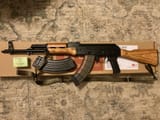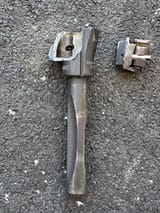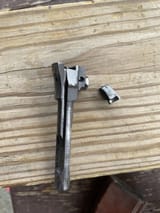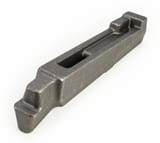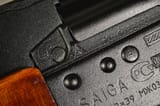>>64174344
I think the crucial point for billet parts is where the grain is broken. People are used to billet being seen as the premium for AR parts, for example, because depending on the part it's perceived as offering a higher degree of precision in machining than forged parts. Most of the time, the same machine would be doing the machine work regardless of whether they used bar stock or forgings. This is more notable on lowers and uppers, which often DO have higher quality machining for billet ones. In the case of an AR, this is all figured out, industry standard, and the companies and buyers know how the grain structure flows and how the structure reacts to pressure. I think the major hangup people have with using billet for AK parts is that, for the most part, the industry hasn't quite figured out the optimal way to cut the bar stock to ensure optimal grain structure, and minimize weak points. Companies like WBP have had rocky steps to this, evident by a few broken bolts and sheared locking lugs, but they're getting better with it over time. Their trunnions, judging by machine marks, seem to show a grain structure flowing horizontally, where potential failure points are minimized. On a smaller part like the bolt, there's really no reason to use bar stock steel over a forging, other than what I suspect is a lack of hammer forging dies. I imagine if they had them, they'd use them, like they do with the bolt carriers. Ultimately, the Jack rifles like the GF3, have a proven track record, and show a similar failure rate yet different failure points. I suspect the bolts that failed were made from rectangular stock, while the bolts that don't fail might be made from round stock, like the carriers. I have no evidence of this, other than the way in which the bolt lugs sheared. This could also be overpressure surplus ammo, hand loads, or any number of other factors. I know for myself I'll trust the burndowns and reviews from reputable reviewers over claims on plebbit

